Mount Vernon: A complete guide for visitors
This post may contain affiliate links. Click here to see what that means.
A trip to George Washington’s Mount Vernon near Alexandria, Virginia, should be on every family’s “must see” list when visiting the nation’s capital. This family estate is located on the banks of the Potomac River, just 15 minutes south of Washington, DC. Washington considered the plantation to be among the most perfectly situated, and when you see the views of the Potomac (and beyond) from the home’s porches, you’re likely to agree!

Visiting this historic estate includes not only touring Mount Vernon mansion, but also colonial era outbuildings (some are reproductions after the original buildings burned), gardens, a working distillery and gristmill, the farm, a museum and education center a slave cemetery and Washington’s tomb. We stayed about three hours, but we easily could have spent an entire day here.
Since Mount Vernon is one of the most-visited estates in the country, planning ahead makes sense. Here’s what you can expect to see.
Table of Contents
The Ford Orientation Center

Your visit begins just beyond the ticket center in the Orientation Center. First, you’ll go through a security bag check (of course) and then get a chance to learn about the estate. There’s a gift shop, but skip it. Who wants to lug more stuff as they tour? Not me! You’ll have plenty of other chances to shop. I promise!
Get a photo with the bronze statues of George and Martha and watch the video, “We Fight to be Free.“
Then pick up a map and talk with staff to plan your visit (or bookmark this post for easy reference).
TIP: Be sure to use the restrooms before you venture out!
The Mount Vernon Mansion
So…. I must be a little naive, because I expected the mansion to be a modest, colonial home. Solid. Straight-forward. Grand without being grandiose. This is how I picture George Washington, and I expected his home to be similar.
The Mount Vernon mansion is nothing like the early 20th century estates of grand tycoons, like the Biltmore Estate in North Carolina, but it’s no shrinking violet either. The home, which had two major additions, began as a solid, practical, colonial house — much like my vision. But, George Washington wanted something more impressive.

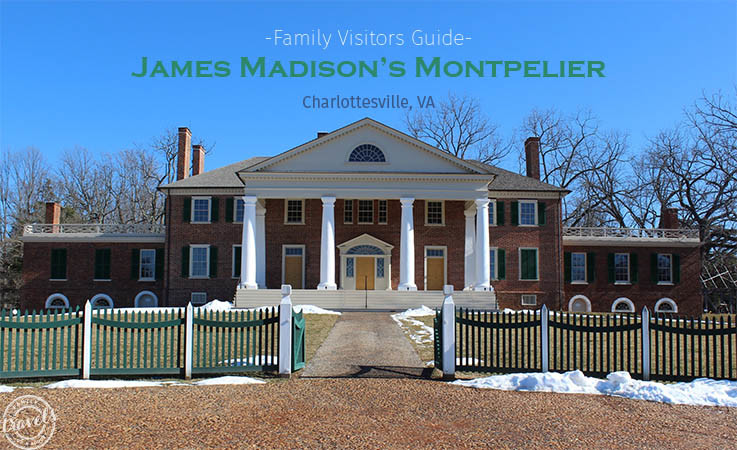
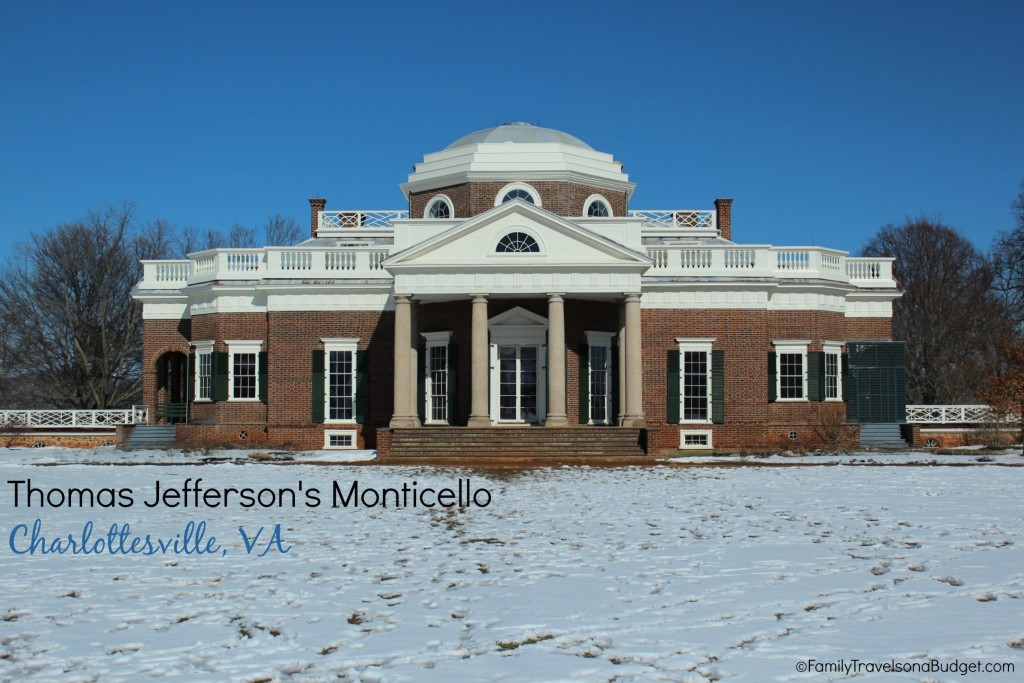
When touring Mount Vernon, you learn that Washington added wings to the main house. From the front entrance, you look out over the rolling fields of the estate. From the back porches, you look out over the Potomac River. The mansion faces southeast — I can just imagine a winter sunrise here, filling the house with warm light bouncing off the river.
Mansion tours
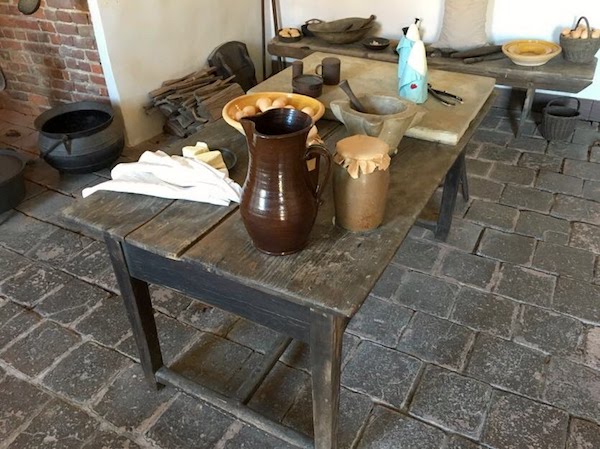
Mount Vernon Mansion tours are included with the price of admission. Your tour time is assigned at the ticket window. Arrive outside the front entrance of the home about 10 minutes before your scheduled tour. At that point, guides will take you into a small side building to show pictures of the original home and explain the additions made through the years.
From there, the tour takes you inside — first to the ornate dining room, the newest part of the building. As you proceed from room to room, guides explain everything. Honestly, it’s one of the best historic home tours I’ve ever taken. I remember more from this visit than most others.
Besides learning about the home and its contents, you’ll learn a bit about what life was like here for George and Martha.
Mansion tours last about 20 minutes.
PHOTO TIP: You cannot take photos inside the mansion, but you can take pictures of the view from the back porch. You can also take photos of the kitchen and other outbuildings.
The grounds, gardens and outbuildings

Tour the area surrounding the mansion to learn about plantation life when Washington lived here.
From the front of the house facing the grounds, you’ll find slave quarters, greenhouse, spinning house and blacksmith shop to the right.
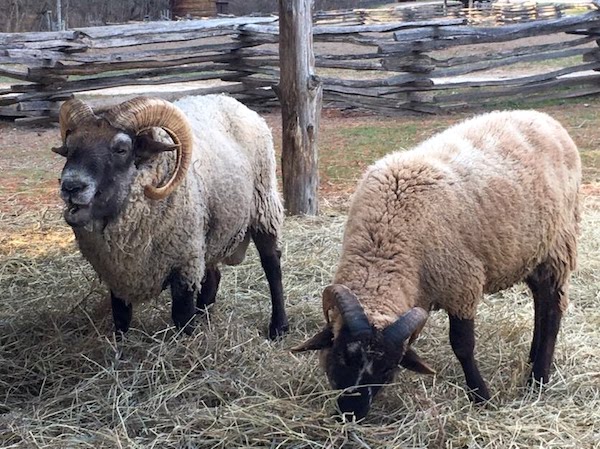
To the left, beyond the kitchens, you’ll find the smoke house, carriage house, lower gardens, sheep paddock, 16-sided barn, slave memorial, pioneer farm and Washington family tomb.
Washington’s Tomb and the Slave Memorial
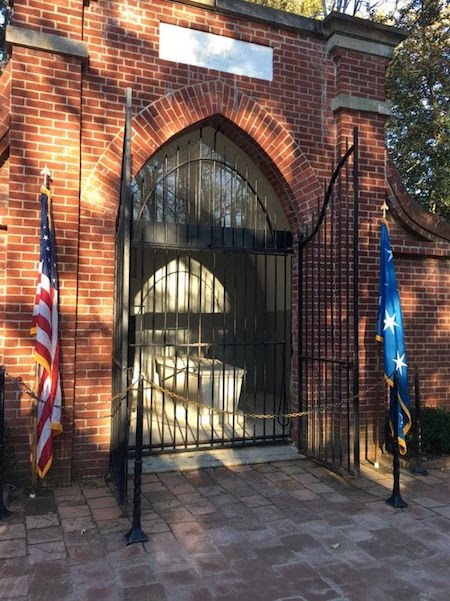
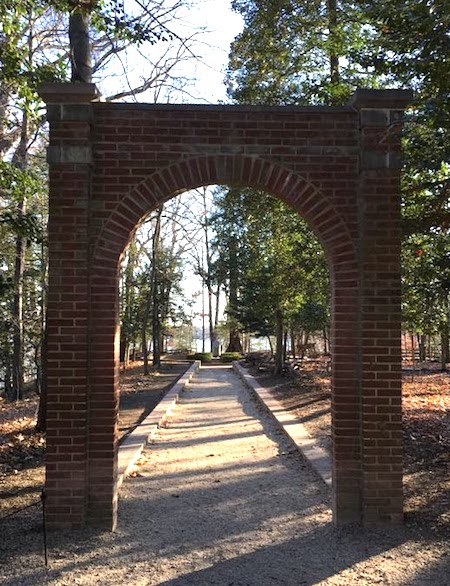
Washington’s Tomb was built in 1831 according to specifications in his will, and many family members are interred here with him. If you have time, visit the tombs during the daily wreath laying ceremony.
Of all the places to see on the grounds, the two I recommend are the Slave Memorial, which was erected near the slave cemetery for the plantation, and the 16-sided barn. This area is currently being studied by archeologists (with respect to not disturb the remains of people buried here). Washington struggled with the whole concept of slavery throughout his life — I wonder how this cemetery must have pained him.
The 16-Sided Barn
Washington designed the 16-sided barn for threshing grain. As far back as Biblical times, people have worked hard to separate the grain from the chaff. Thousands of years ago, farmers would transport crops to the tops of hills to beat the grain out — either by hand, with rocks or by horse hoof. The grain would fall to the ground and the chaff would blow away.
Washington’s barn had gaps between the floorboards open to the area below. Horses would walk in circles in the barn, pounding the grain away from the chaff. The grain would fall between the floorboards to the lower level where it could be collected to use. Remaining chaff could be removed and the floor cleared for another go-around. Genius!
TIP: The hill to the tombs and farm is deceptively steep, though, so walk to the far end (the pioneer farm) and explore each place as you come back up! That way, you won’t get winded like we did!
CHRISTMAS HOLIDAYS TIP: Be sure to visit Aladdin, the resident camel. Believe it or not, George Washington paid 18 shillings to bring a camel to Mount Vernon to entertain holiday guests in 1787! Every Christmas season, Aladdin visits Mount Vernon so guests can take a photo with him (unless he’s being shy, like when we visited).

Donald W. Reynolds Education Center

When planning your visit to Mount Vernon, allow plenty of time to tour the Education Center!
Start with the “4D” movie, General Washington, Commander in Chief, which lasts about 20 minutes but really sets the stage for the rest of your visit. The movie is especially popular with kids (ages 8+). Then, tour the rest of the museum which has many hands-on exhibits to bring the past to life.
Ben found George Washington’s false teeth especially interesting. I was a bit grossed out at the thought of these dentures being used. What do you think?
We faced some hard truths, like seeing the effect on families torn apart by the sale of one member to another plantation. Then, we encountered the resourcefulness that enslaved people (the term used throughout the exhibit) had to make money in side jobs.
Finally, we saw how George Washington’s thoughts on slavery changed through his life. In fact, he was so disturbed by it, that he freed all his own enslaved people in his will (the only founding father to do so). At the same time, he understood that freeing them might not change the quality of their lives. Don’t worry! I didn’t ruin the exhibit for you by sharing all that. You hear about most of it elsewhere at Mount Vernon — the stories are told more fully here.
Plan your visit to Mount Vernon
Purchase tickets online in advance to save time and money.
Getting there:
Mount Vernon is located at 3200 Mount Vernon Memorial Highway, Mount Vernon, VA 22121, just 15 minutes from Alexandria.
There is plenty of free onsite parking at Mount Vernon, but it is also accessible by bus if visiting without a car:
- Fleet Transport from Alexandria: round trip about $26 for adults and $14 for kids.
- Uber from Alexandria, rates are lower.
- WMATA (Washington Area Metro): $2-4 one way per person from Alexandria. Click here for directions from Alexandria.
- There’s a GREAT bike trail to Mount Vernon if you’re adventurous!
Current Hours:
Summer hours: April – October, 9 a.m to 5 p.m.
Winter hours: November – March, 9 a.m. to 4 p.m.
- We recommend that you allow 4 hours, minimum.
- There are two dining options on-site, the food court (pizza, salads, sandwiches and more) and the Mount Vernon Inn Restaurant (reservations recommended).
Other tips:
- Homeschoolers and families who want educational enrichment: Educational resources area available online to use at Washington’s Mount Vernon.
- Learn about hands on activities for kids — and the Mount Vernon app — before you go! These activities bring George Washington’s world to life. Or, be sure to get the list at the orientation center. Daily activities, many geared toward kids, happen across Mount Vernon each day.
- Consider the Premium Mansion Tour that takes you to the third floor or the National Treasure Tour (to see where the movie was filmed) and other special events offered from time to time.
- Strollers ARE ALLOWED at Mount Vernon, but not inside the mansion.
- Dress for the day: Mount Vernon is very large, and much of what you’ll do is outside! Wear comfortable shoes — much of the area is gravel, not concrete. We saw a lady in high heel boots, white pants and a wrap. She was not dressed for the weather (and we stifled a chuckle as we stuffed our hands deeper in the pockets of our winter coats).
- Take photos, just not inside the museum or the mansion!
- Mount Vernon is a historic home. The modern buildings (orientation center and museum) are accessible. Only the first floor of the mansion is wheelchair accessible. See the website for more information on accessibility.
Disclosure: Ben and I were provided free admission to Mount Vernon for the purpose of this review. All opinions are ours. We both feel that Mount Vernon is a great place to visit and should be on your must see list of things to do near Washington, DC.
